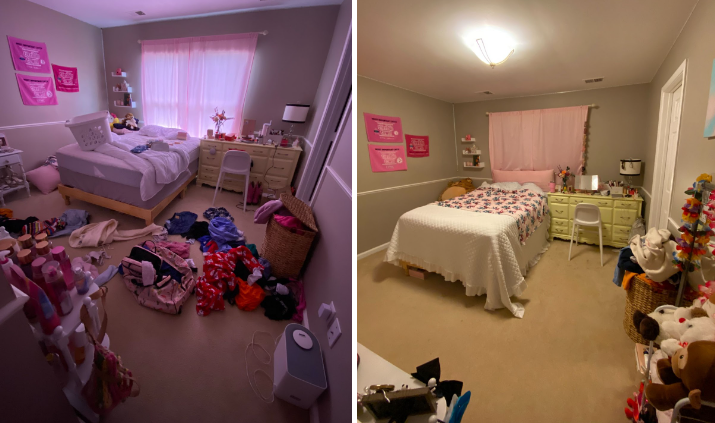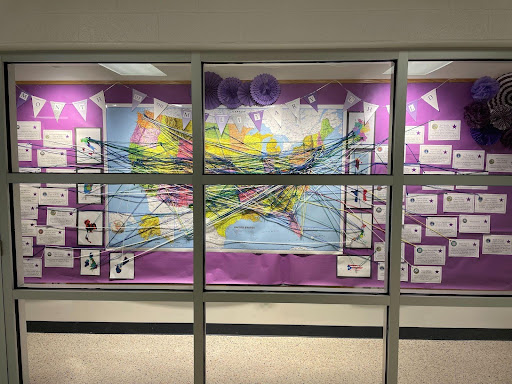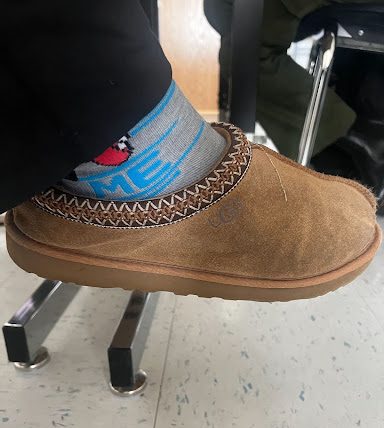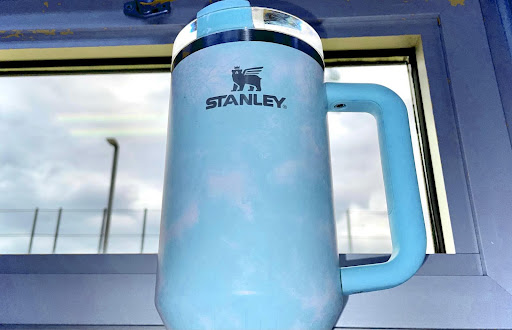It started when I was thirteen. I picked up On the Road off the floor of my sister’s bedroom and a fantasy was born.
I had a dream. I wanted to join Sal Paradise and travel across the continental Untied States. I wanted to find the Neal Cassady to my Jack Kerouac and hit the road. I wanted to head to San Francisco and live in the beatnik scene. It was a sad reality when I realized that this culture I’d harbored an obsession for had died out somewhere around 1960. My vision wasn’t easily dampered.
In eighth grade, I made a pact with my friend to pack a van and head from Springfield to California after graduation. We’d take the summer, stopping at every America’s “Biggest Frying Pan” or “Largest Ball of Yarn” we came across. It kept me going. Our trek was a plan I looked forward to everytime I wanted to get away from the square Springfield scene.
Over time, my dream expanded. I pictured myself moving to New York and hanging around Washington Square Park, waiting for the next Bob Dylan to emerge. But my San Franciscan haven still loomed large.
Everything associated with the beat generation thrilled me. I read Kerouac, Ginsberg, and Bukowski. I went to art exhibits photographing the hallowed trip my idol Jack had taken. I even bought a beret at Target. I felt like older sister Judy in “Doug.”
Around junior year, I accepted the fact that the America Kerouac had explored didn’t exist anymore. I lived vicariously through his frenetically written story, wishing to go back to a simpler time when a kid could hitch across the country without fear of murder or kidnapping.
Though it was hard to let go of the vision I’d kept for so many years, I realize now that if I’m ever going to take my trip, it will be on my own, modern terms. I’ll supply myself with the tools I need: a car, a companion, a weapon, and my bible: On the Road.







sam kiwus • May 4, 2011 at 10:28 AM
this is